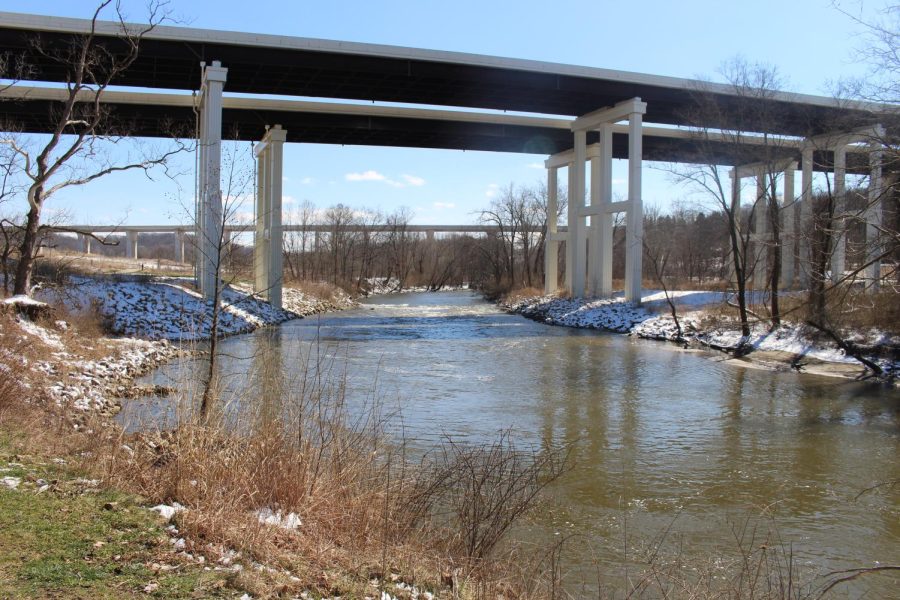Unseasonable temperatures affect Ohio parks
March 16, 2017
Northeast Ohioans know unpredictable weather all too well.
This year, the region experienced a mild winter. Worldwide, both January and February were the hottest on record.
Ohio parks are seeing the effects of this weather every day. Tourism dropped at the Cuyahoga Valley National Park at the Winter Sports Center.
Ohio parks experiencing effects of mild winter from KentWired.com on Vimeo.
“We need four to six inches of snow over the weekend for (the Winter Sports Center) to be open, and we haven’t had that this entire season,” said Grant Hodge, an intern at the winter sports resort and parks and recreation management major at Kent State.
Hodge said he has hardly done any winter sports work at his internship due to the unpredictable weather.
“Every four to five days, it gets up to around 40 degrees this winter,” he said. “We haven’t had much of a winter.”
The park has also seen a decrease in business.
“We haven’t had one snow shoe rental out of the visitor’s center,” park ranger Ryan Ainger said. “We haven’t had any rentals of cross country skis or snow shoes out of our Winter Sports Center. So that’s a whole demographic of people who haven’t been able to experience their park this year because we just haven’t had the snow.”
Ainger added that overall visitation numbers were down this season.
“On some of these snowier days when we expect people to come out and rent snow shoes, we haven’t been getting anybody,” he said. “We’re looking at days that are mostly around twenty or thirty people a day.”
The warm temperatures have also impacted wildlife and water, according to the park’s community organization supervisor, Pamela Barnes.
“Our population of salamanders … migrate in the spring,” she said. “We found that they migrated at least a couple of weeks earlier this year.”
Barnes also said the overall temperatures rose, which led to an increase in precipitation. Unfortunately for the park, this caused a flooding problem.
“We have a flood response plan,” Barnes said. “That’s our reality now. We deal with flooding at the river.”
Barnes said that officials already had to use the flood response plan this year.
Overall, Barnes said the unpredictable weather this winter was typical for Northeast Ohio.
“I can think of many times when (Northeast Ohio weather) was unpredictable,” she said. “Especially (in) March and April.”
For the employees at the visitor’s center and Winter Sports Center, the changes in winter weather compared to recent years were noticeable.
“We’re not getting (snow) as late in the season as we’d expect it,” Ainger said.
While visitors were not permitted to participate in winter sports due to the lack of snow, Barnes said the park itself experienced more visitors than usual due to the sunny days in January and February.
“We’ve experienced some crowding issues that we normally would experience in the warmer months,” she said.
Barnes said 2017 is on track to be the warmest year the region has ever had. While this could bring in a surplus of visitors to the park, the effects on wildlife may not be all positive.
“You can make a difference by just looking at your carbon footprint,” she added. “We know there is a correlation between carbon in the atmosphere and the average temperature rising. Your own personal choices can make a difference.”
Anna Huntsman is a reporter for TV2, contact her at [email protected].












